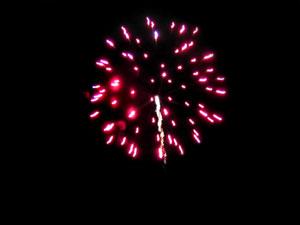
Arts
Fireworks Photography
Fireworks photography is essentially photographing fireworks at night. Is it really that simple? For anyone that’s never photographed ... Read more

Fireworks photography is essentially photographing fireworks at night. Is it really that simple? For anyone that’s never photographed ... Read more